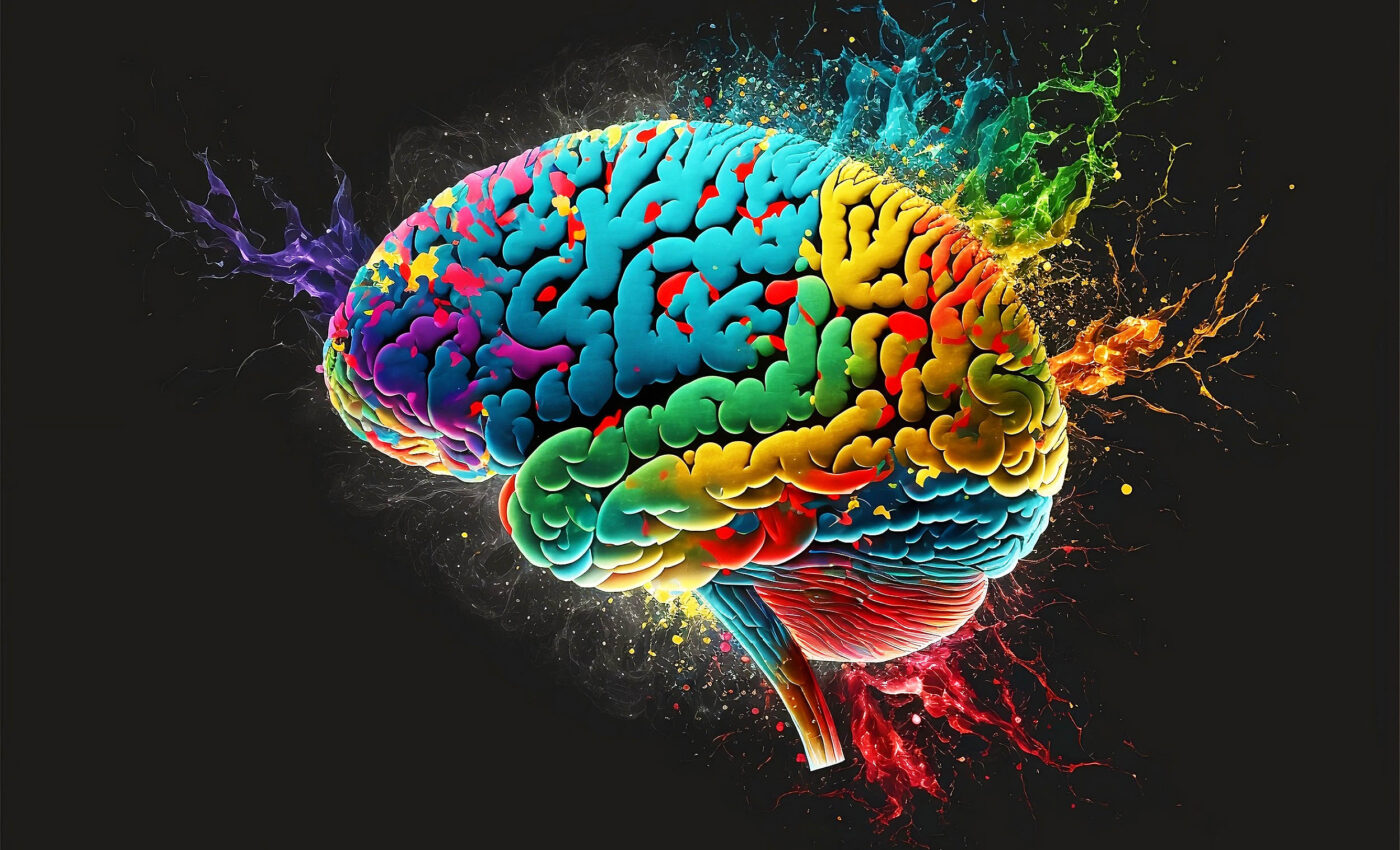
How the brain turns light waves into rich colors and experiences
Colors are an integral part of our daily lives, from the vibrant red of a ripe strawberry to the deep brown of a child’s eyes. However, have you ever stopped to wonder how our brains process the sensory information that allows us to perceive these colors?
A recent study by neuroscientists at Columbia University has shed new light on this fascinating topic, identifying for the first time the brain-cell circuitry in fruit flies that converts raw sensory signals into color perceptions.
Led by Dr. Rudy Behnia, a principal investigator at Columbia’s Zuckerman Institute, the research team published their intriguing findings in the prestigious journal Nature Neuroscience.
“Many of us take for granted the rich colors we see every day,” said Dr. Behnia, the corresponding author on the paper. “But those colors do not exist outside of our brains.”
Brain’s role in color perception
As Dr. Behnia explains, colors are perceptions that the brain constructs as it makes sense of the longer and shorter wavelengths of light detected by the eyes.
This process of turning sensory signals into perceptions about the world is crucial for the survival and well-being of organisms.
“To ask how we perceive the world seems like a simple question, but answering it is a challenge,” added Dr. Behnia. “My hope is that our efforts to uncover neural principles underlying color perception will help us better understand how brains extract the features in the environment that are important for making it through each day.”
Discovering hue-selective neurons
In their study, the research team discovered specific networks of neurons, a type of brain cell, in fruit flies that respond selectively to various hues.
Hue denotes the perceived colors associated with specific wavelengths, or combinations of wavelengths of light, which themselves are not inherently colorful. These hue-selective neurons lie within the optic lobe, the brain area responsible for vision.
The neurons respond to hues that people would perceive as violet, as well as others that correspond to ultraviolet wavelengths, which are not detectable by humans.
Detecting UV hues is important for the survival of some creatures, such as bees and perhaps fruit flies, as many plants possess ultraviolet patterns that can help guide insects to pollen.
Neural mechanisms behind hue selectivity
While scientists had previously reported finding neurons in animals’ brains that respond selectively to different colors or hues, no one had been able to trace the neural mechanisms making this hue selectivity possible. This is where the recent availability of a fly-brain connectome proved invaluable.
The connectome, an intricate map detailing how some 130,000 neurons and 50 million synapses in a fruit-fly’s poppy seed-sized brain are interconnected, served as a reference for the researchers.
Using their observations of brain cells, they developed a diagram they suspected represents the neuronal circuitry behind hue selectivity.
Mathematical models and recurrent connectivity
To better understand the complexities of these brain cells and their interconnections, the scientists portrayed the circuits as mathematical models, simulating and probing the circuits’ activities and capabilities.
“The mathematical models serve as tools that enable us to better understand something as messy and complex as all of these brain cells and their interconnections,” said Dr. Matthias Christenson, a co-first author on the paper and a former member of Dr. Behnia’s lab. “With the models, we can work to make sense of all of this complexity.”
The modeling not only revealed that these circuits can host activity required for hue selectivity but also pointed to a type of cell-to-cell interconnectivity, known as recurrence, without which hue-selectivity cannot happen. In a neural circuitry with recurrence, outputs of the circuit circle back in to become inputs.
Confirming the role of recurrent connectivity
To further validate their findings, the researchers conducted an additional experiment. “When we used a genetic technique to disrupt part of this recurrent connectivity in the brains of fruit flies, the neurons that previously showed hue-selective activity lost that property,” said Dr. Álvaro Sanz-Diez, a postdoctoral researcher in Dr. Behnia’s lab and the other co-first author of the paper. “This reinforced our confidence that we really had discovered brain circuitry involved in color perception.”
Implications of understanding color perception
This research by Dr. Behnia and her team has provided new insights into how the brain’s wiring enables the construction of a perceptual representation of color.
“Now we know a little more about how the brain’s wiring makes it possible to build a perceptual representation of color,” said Dr. Behnia. “My hope is that our new findings can help explain how brains produce all kinds of perceptions, among them color, sound and taste.”
This study advances our understanding of color perception and paves the way for future research into the neural mechanisms behind other sensory perceptions. As we continue to unravel the mysteries of the brain, we move closer to comprehending the complex processes that shape our experience of the world around us.
The full study was published in the journal Natural Neuroscience.
—–
Like what you read? Subscribe to our newsletter for engaging articles, exclusive content, and the latest updates.
Check us out on EarthSnap, a free app brought to you by Eric Ralls and Earth.com.
—–













